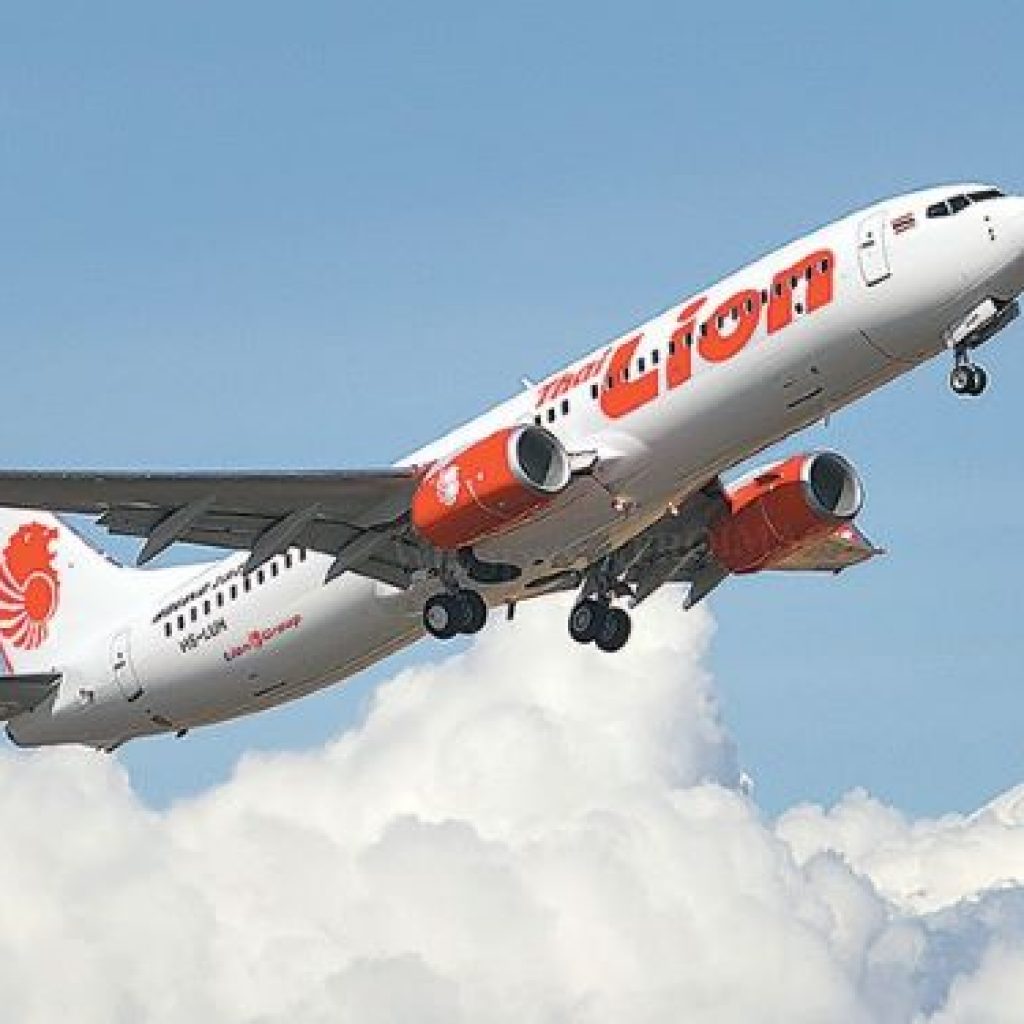737 MAX 8 AND THE DEFINITION OF PROJECT SUCCESS
I have been a staunch advocate of separation of project success from business success – the success of the product or deliverable of the project. I’ve taken that position because many other factors, beyond the control of the project team, may determine business success. Nevertheless, I think that the project management community needs to seriously consider the nexus between the current woes of Boeing 737 Max 8 and the definition of project success.
The usual practice is that the development project is completed with the performance test of the product and hand over to Operations or Sales department, as the case may be. The project team is then celebrated and reassigned or disbanded. How the product eventually fares in the market place is no longer the concern of the project team.

However, the crash of Lion Air Flight 610 in October 2018 off the coast of Indonesia, and Ethiopian Airlines Flight 302 in March 2019 outside Addis Ababa, with a combined fatality figure of 346 and leading to a global grounding of Boeing 737 Max jets, calls for a rethink of the definition of project success. That casualty figure represents one passenger killed every two or three days of flight!

For example, Keith Leverkuhn, 737 MAX Vice President and General Manager of Airplane Development for Commercial, is reported to have celebrated the first flight of the 737 Max with the following statement: “Thanks to our team — a team that extends from design and Fabrication to Final Assembly and Flight Test — we are here today, right when we planned to be, because of them and our disciplined approach to development.”
That suggests that the project was delivered on schedule. And as you can see from this video, the success of the project was elaborately celebrated, not just by the project team but by the entire Boeing family and their well-wishers. That was on 26 January 2016.
And as would be expected, the excellent performance of 737 Max contributed to the uplift of both the topline and bottom-line of Boeing. As at the end of 2018 Boeing annual revenue had crossed 100 Billion Dollars, for the first time. Thanks to 737 Max!
However, it is now reported that Boeing lost more than $22 billion, or 12 percent, of its market value, or over 20 percent of 2018 revenue, in the week after the second crash. And that is beside the claims by families that lost loved ones and airlines that have suffered business losses resulting from the issue.
According to Bloomberg a preliminary report by Indonesian authorities points to a malfunction of an anti-stall safety feature – MCAS — that repeatedly forced the Lion Air plane into a nosedive. This and other findings seem to point to design issues during the development process, and MCAS was developed to fix them. Preliminary investigation report of Ethiopian Airline crash suggests the same.
A pertinent question to ask at this point is this: was the 737 Max project a success, in the light of all that has transpired? Put another way, what constitutes project success: delivery of the product according to specification or should it include its performance in the market place?
Again, in the light of the woes that recent events concerning 737 Max are likely to bring upon Boeing, how long should we wait before we conclude that a project is successful?
To answer this question, Shenhar and Whittaker in their 1997 and 1999 publications attempted a more comprehensive definition of project success. They include impact on customer that can be measured within weeks of implementation, business success that can be measured a year or two after implementation, and preparing for the future that is measurable within five years.
Interestingly, if the success of Boeing 737 Max is measured within a two-year time frame, then the project team may have to rethink the success of the project. That is, if they are not already concerned that they may have celebrated too early. Nevertheless, one thing is very clear: The Iron Triangle of schedule, budget and quality are no longer enough measures of project success. That is my take on 737 Max and definition of project success. What is yours?



Project success can and should be confirmed by the end users given some appreciable time frame for such determinations.
Your writing holds great insights and mind searching facts!
Thanks for sharing.
I think this issue raises many questions that are very difficult to answer.
I think it is easier to hold a turnkey project team to account for the performance of the product in the long term. The reason is that the turnkey contractor is merely presented with the need – a fuel efficient aircraft. it is up to it to develop the concept, develop the solution and hand over to the owner. It is therefore responsible for the performance of the solution for as long as it lives.
But if, as is usually the practice, the project team is presented with requirements that they work with the owner or his agent to convert to specifications that are agreed upon. Once the project team develops the product that complies with the specifications and meets requirements, and then hands over to the owner, their responsibility is over at the end of the warranty or guaranty period.
As I said in the essay, the project management community needs to hold serious conversations on the issue and come to a landing.
Head or tail, this incident will redefine the way we view project success.
You make quite a valid point